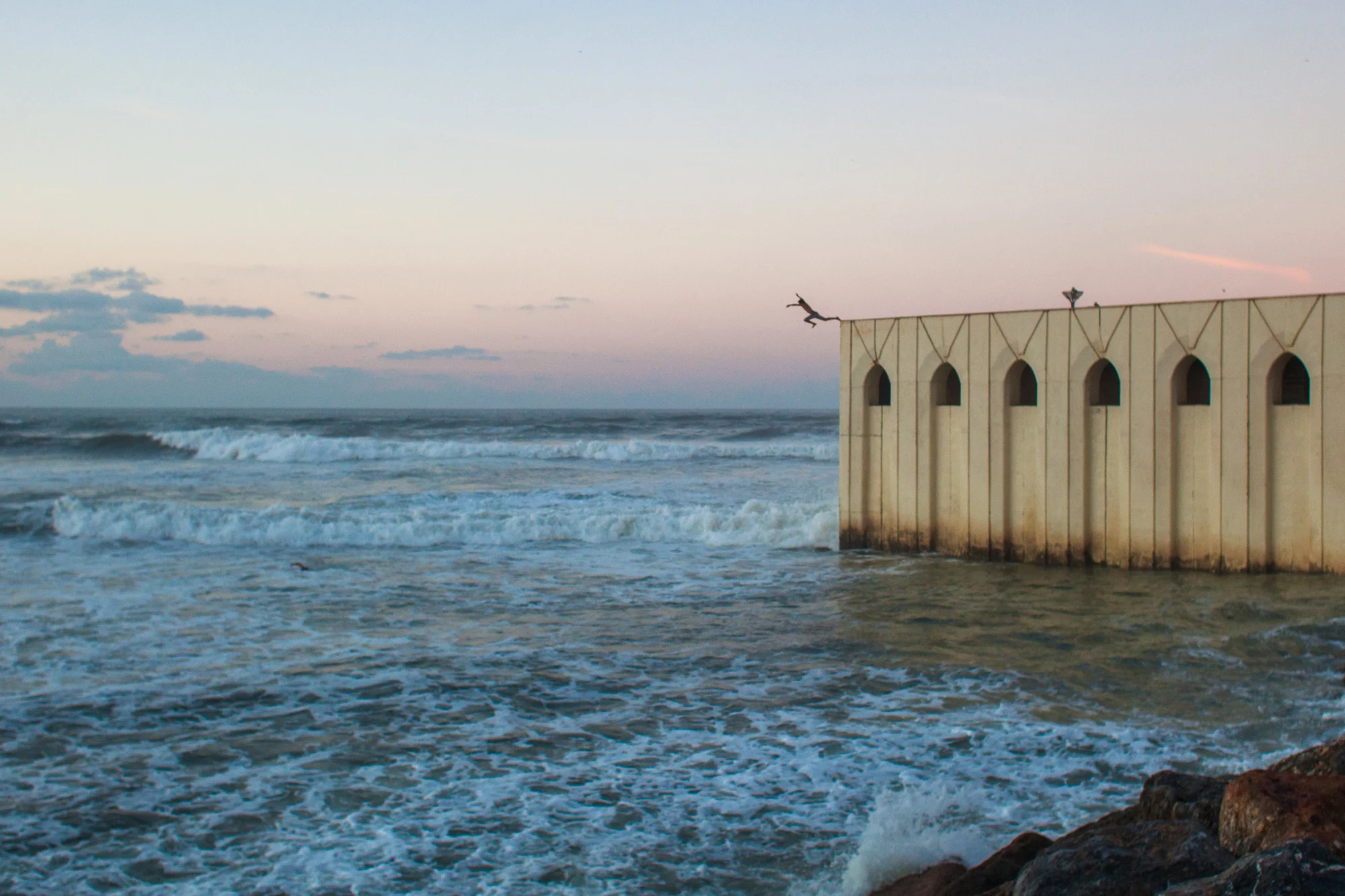
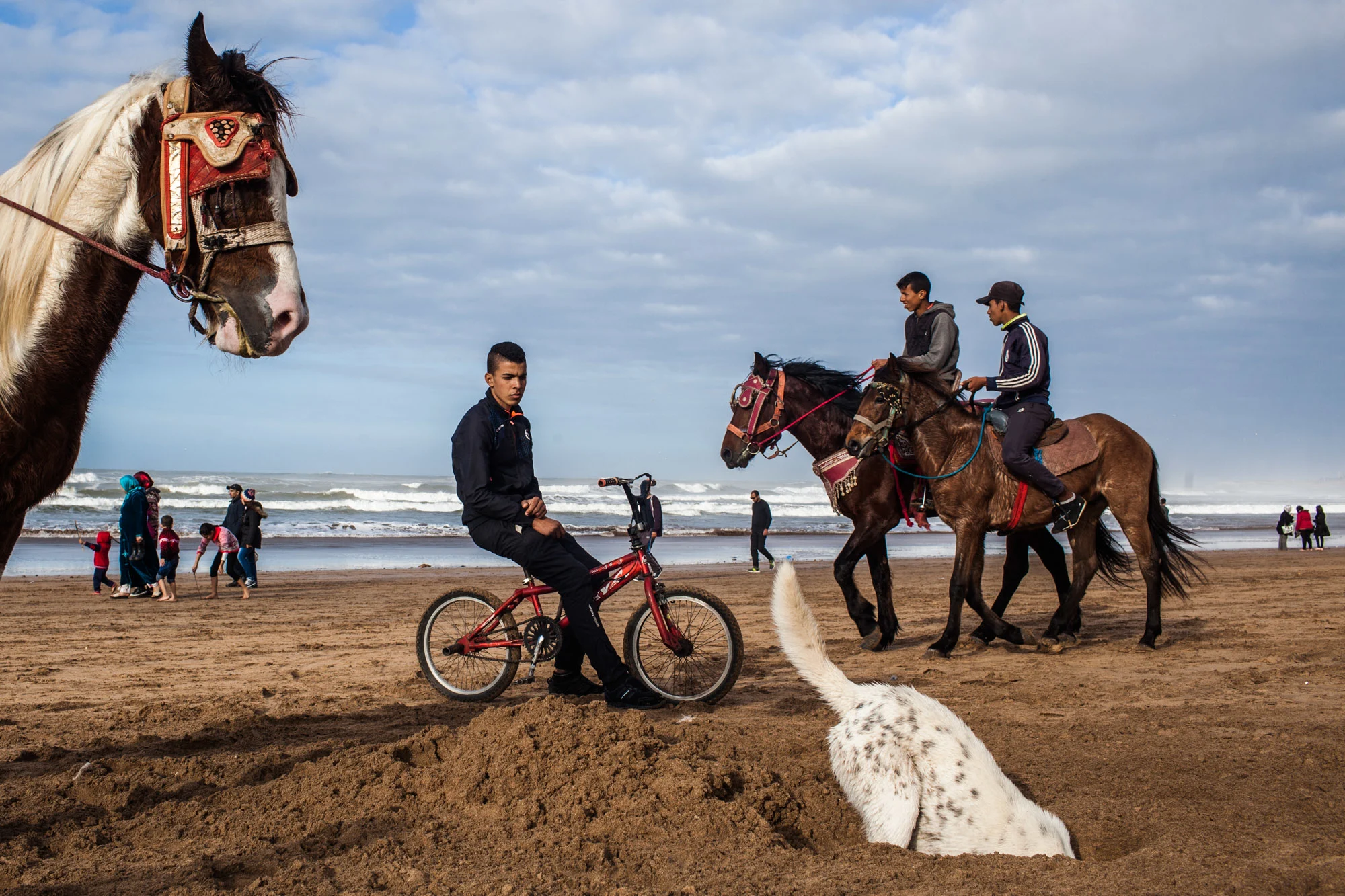
Yassine Alaoui Ismaili, aka Yoriyas, has been taking photographs for around a decade, but not always for the same reasons he does now. He spent most of his teenage years instead following his passion for dance. In 2005, he became a breakdancer and founded the bboy-crew LHIBA Kingzoo, which became one of the most respected breakdance crews on the international scene. He started taking photos while he travelled for competitions, but not in a creative way. “I would take pictures to remember my way to my hotel, so I was using photography as a GPS tool!” he says.
Words by Alex Kahl.
But when his dance career was cut short by a serious knee injury in 2013, Yoriyas changed the way he saw the camera. “I used it as a type of therapy to recover from my knee injury, so I was just walking in the street and taking pictures,” he says. He felt that street photography came naturally to him, because that was where he spent so many years practising dance. Photography soon replaced breakdance as his form of expression. As he says, “my camera became a part of my body.”
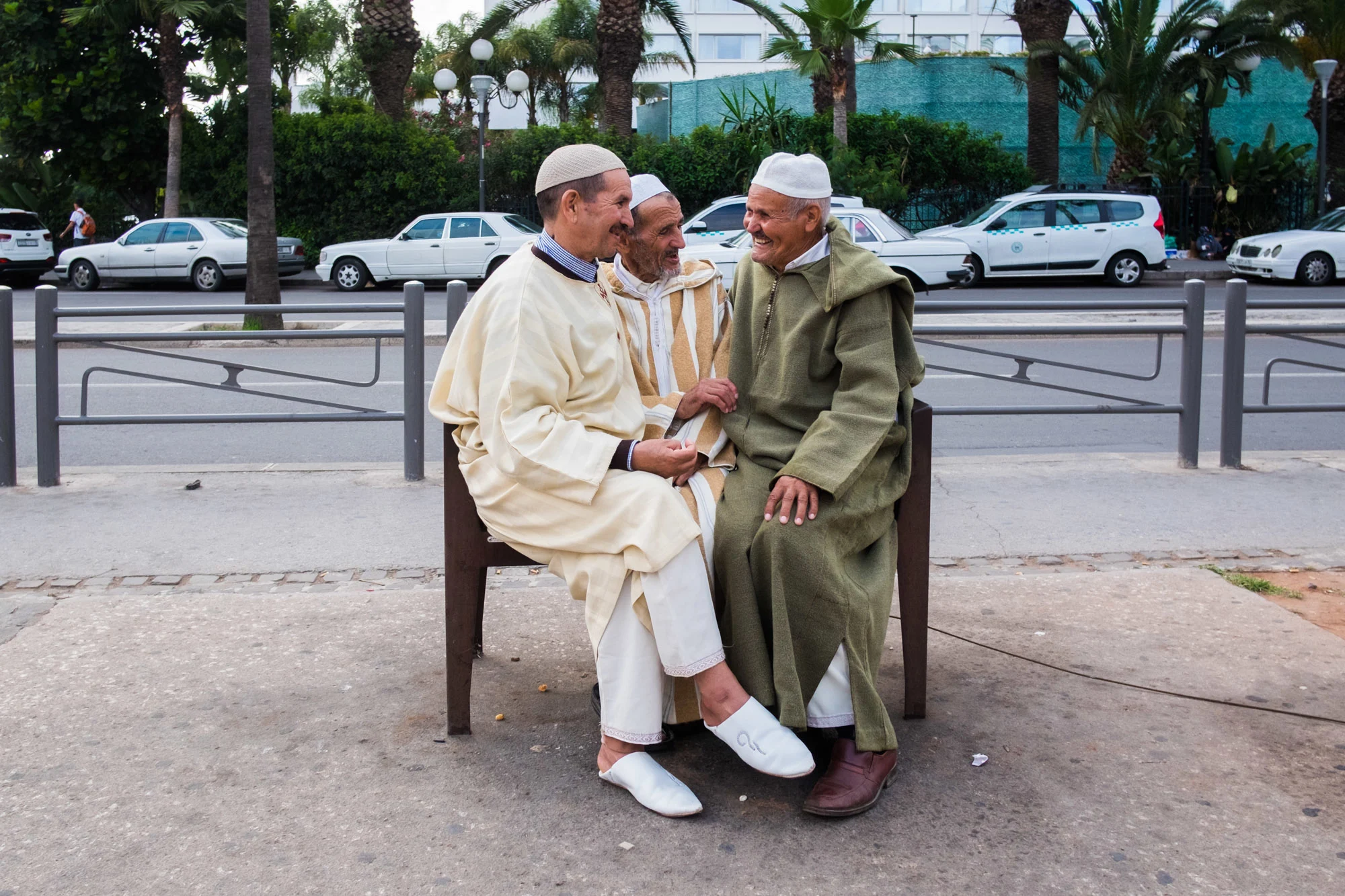
Casablanca is Yoriyas’ hometown, and every time he leaves Morocco, he has the same conversations about the city. He tells people where he’s from and they respond with some variation of “Casablanca, like the movie!” “I always find myself explaining that the movie has little to do with the real Casablanca,” he says. “And the film was actually shot in a Hollywood studio that couldn’t be further from the city.”
Yoriyas tells us that when people think about Morocco or about Casablanca they have similar misconceptions. “They think of camels, the Sahara, the big mosque, or of some traditional carpet.” But as he rightly points out, the city is so much more than that. “It’s a diverse group of cultures and I see the contrasts between those, it’s developing so fast and there’s this mix between modernity and tradition,” he says. “I think it’s important for me to show all of this.”
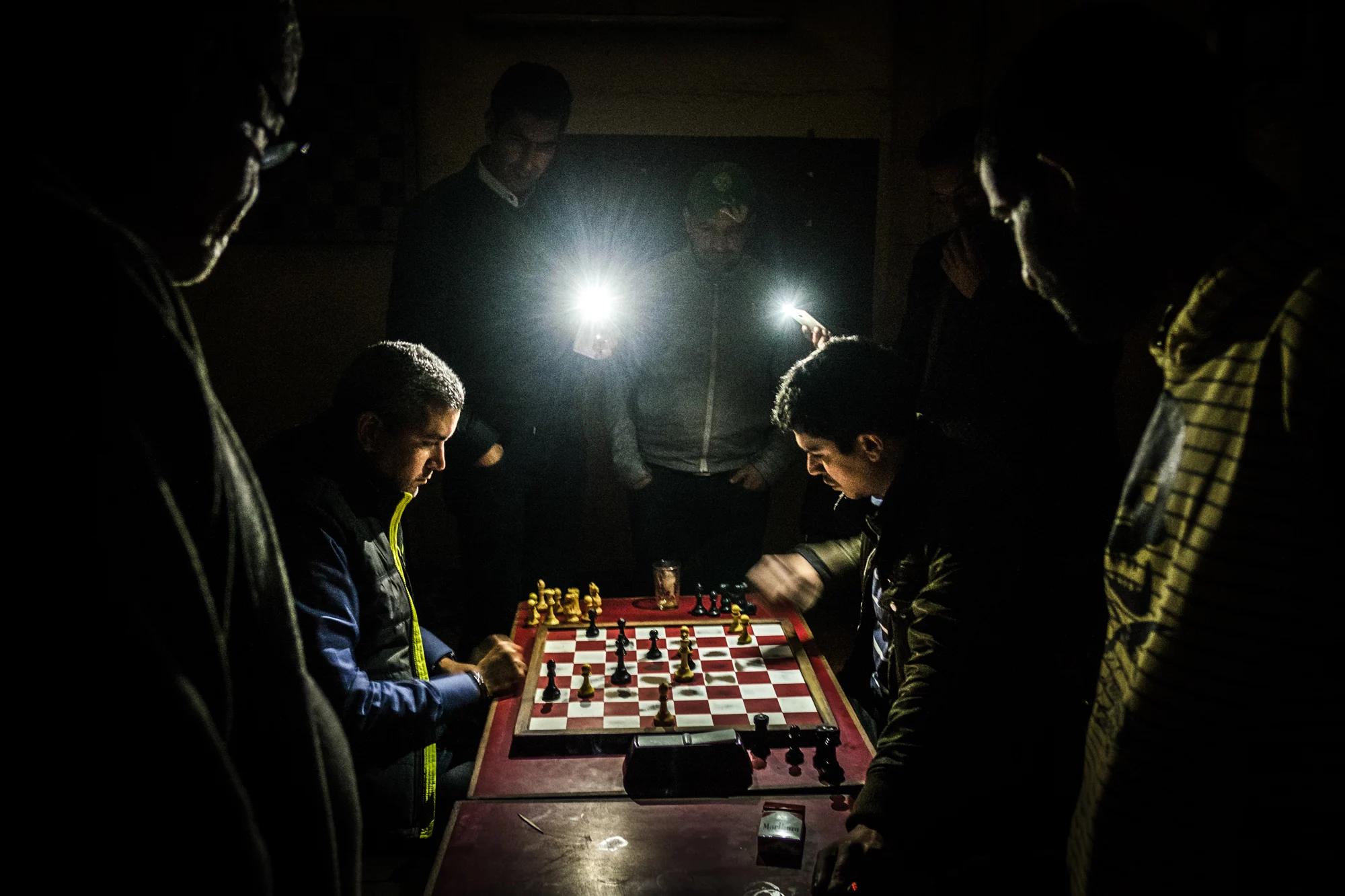
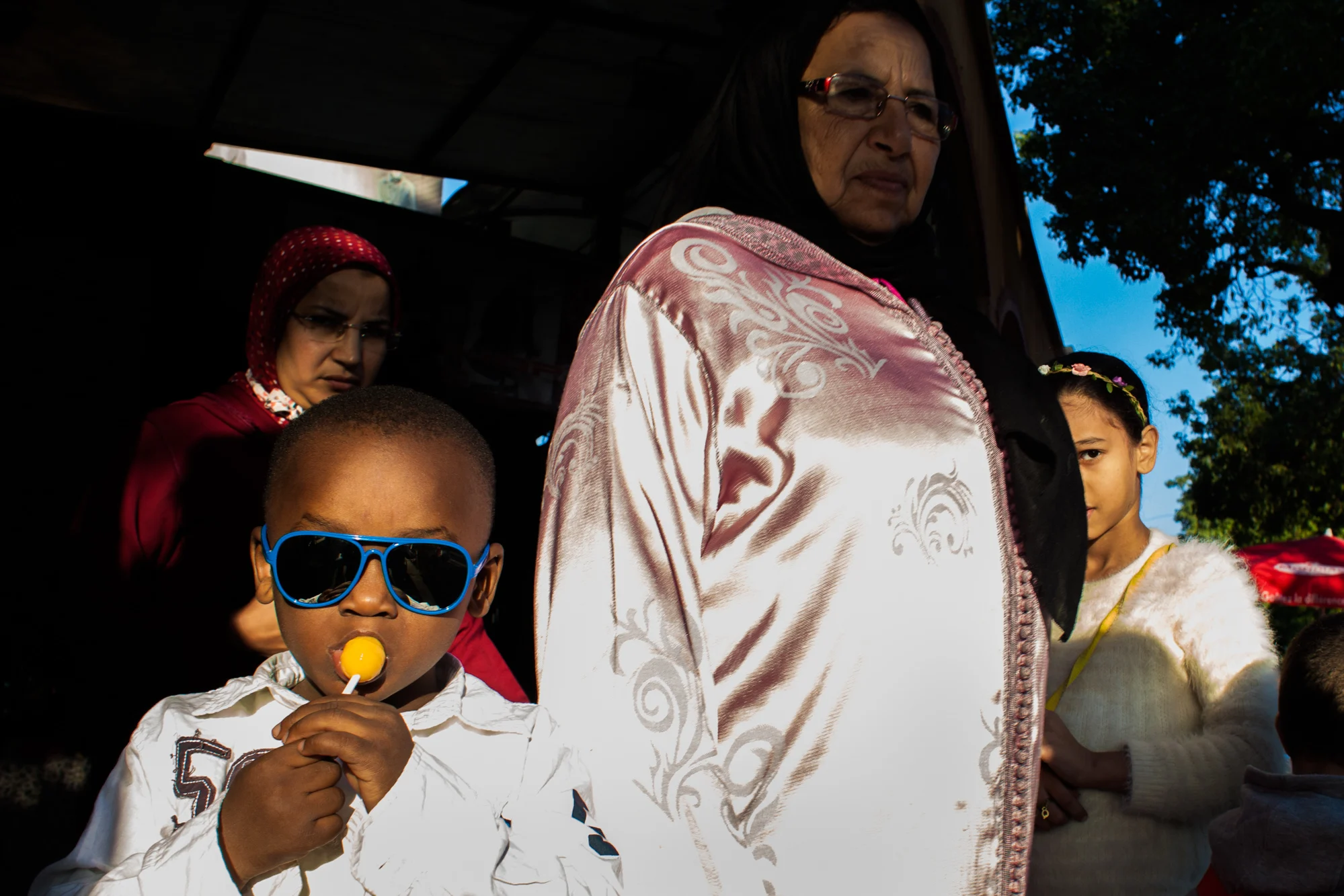
The camera frame is the theatre stage, and the people walking into the shot are like my dancers.
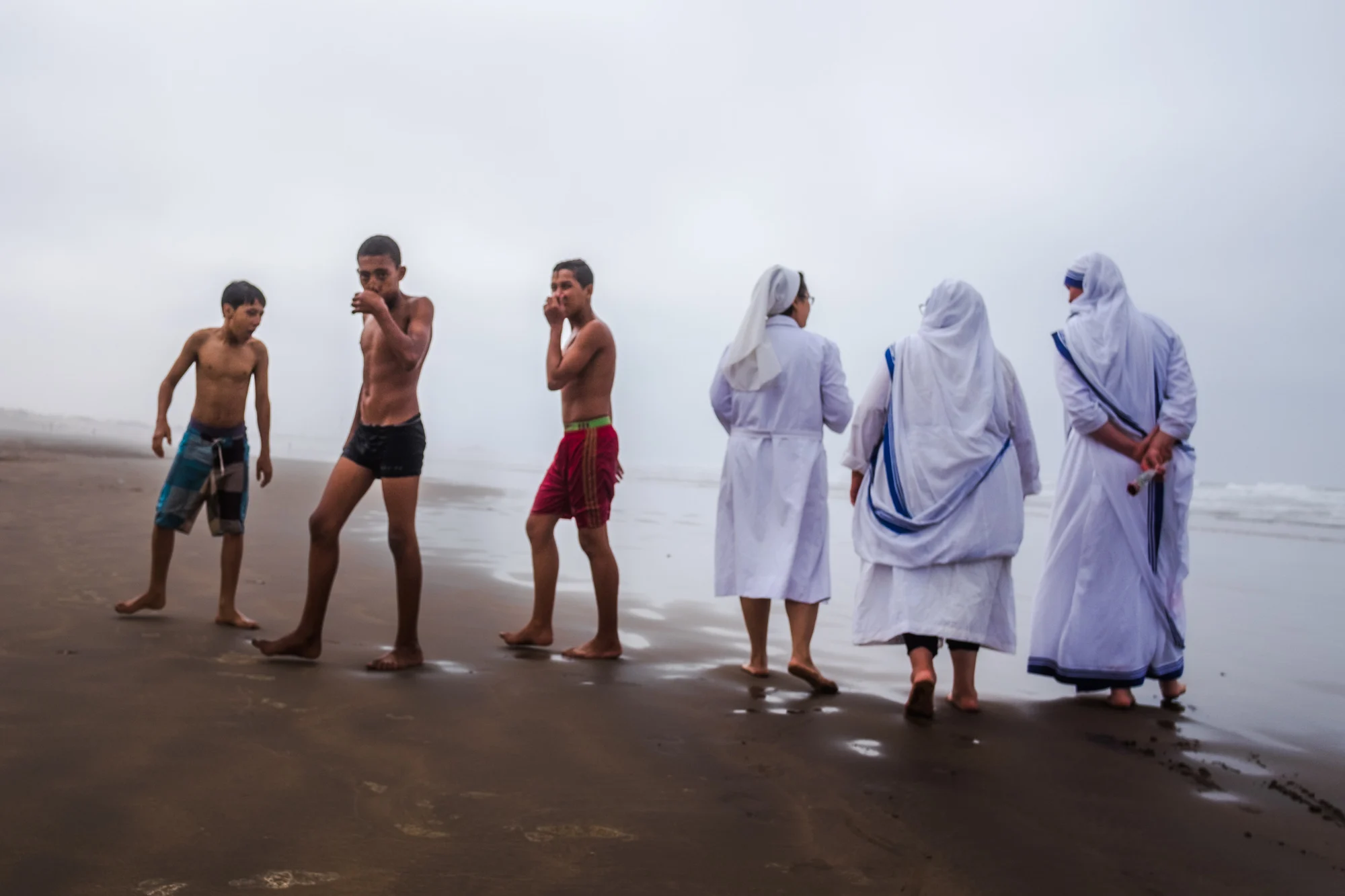
I remember everything about growing up here. This is a love letter to Casablanca.
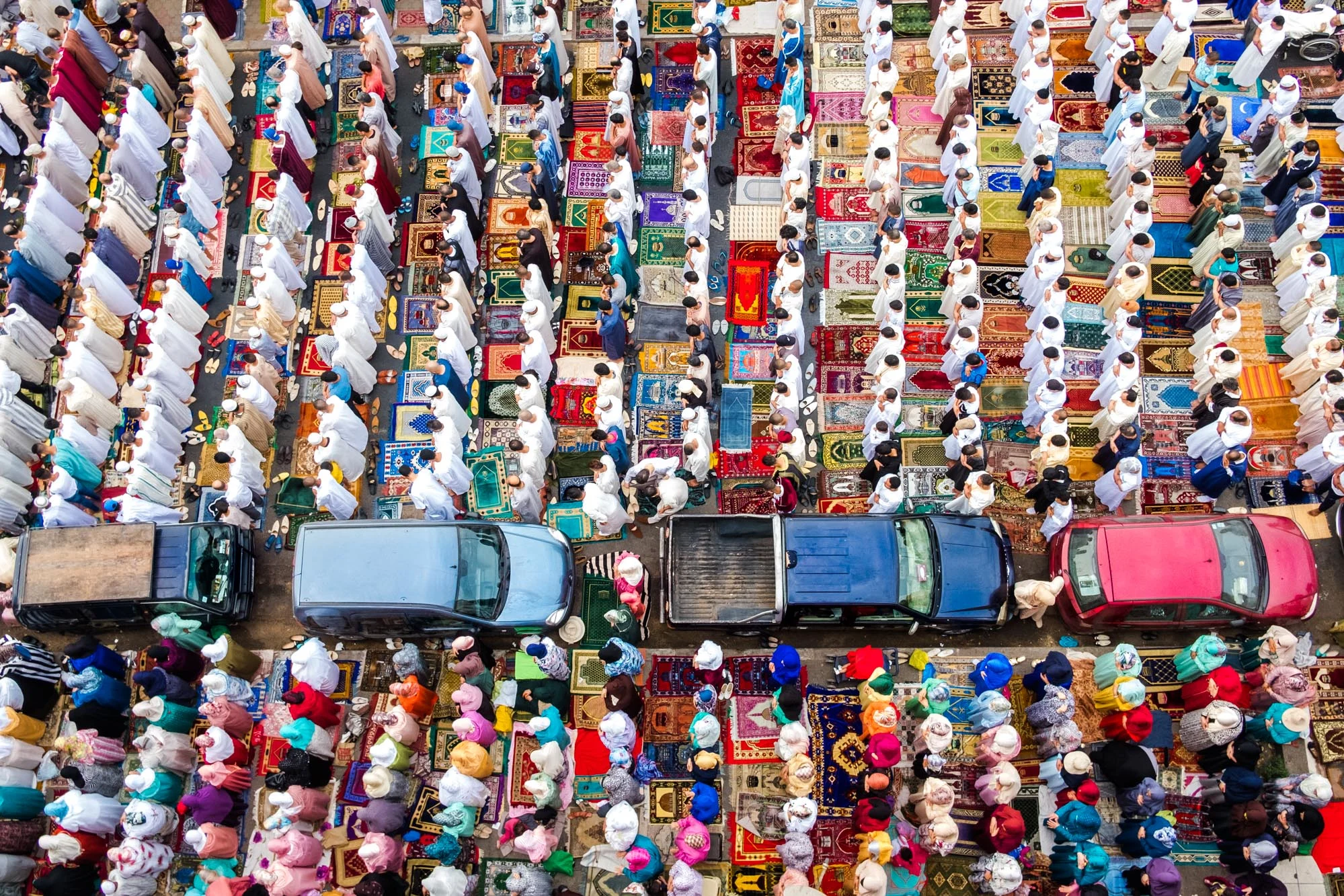

Yoriyas started photographing the city after his injury, and these photos have since developed into a project about the city that has inspired him the most, and an attempt to show a true representation of it for all those who use the almost 80-year-old film as their reference point. So, for years, he’s roamed Casablanca’s streets with his camera, ready to shoot at any moment.
The result is a collection of images that show just how varied life in his city is. Kids playing football wherever they can, the bustling streets, horses on the beach, colorful prayer times and torch-lit chess matches.


Some shots jump out for their creative framing, like a car visible through a small hole in a thick wall or children playing between the spokes of a bicycle wheel. Yoriyas attributes his skill in this area to his dance past. “For me, the frame of the camera is like the stage of the theatre, and the people walking into my shot are like my dancers,” he says. It’s like I’m choreographing them without them knowing.”
The city has changed a huge amount since he began the project, so much so that some of the places he captured in 2015 don’t even exist anymore, adding another layer of poignance to his work. “I photographed some kids playing football in a poorer area near the beach, and now that spot has been transformed into luxury villas,” he says. “That’s why this project is still in progress.”
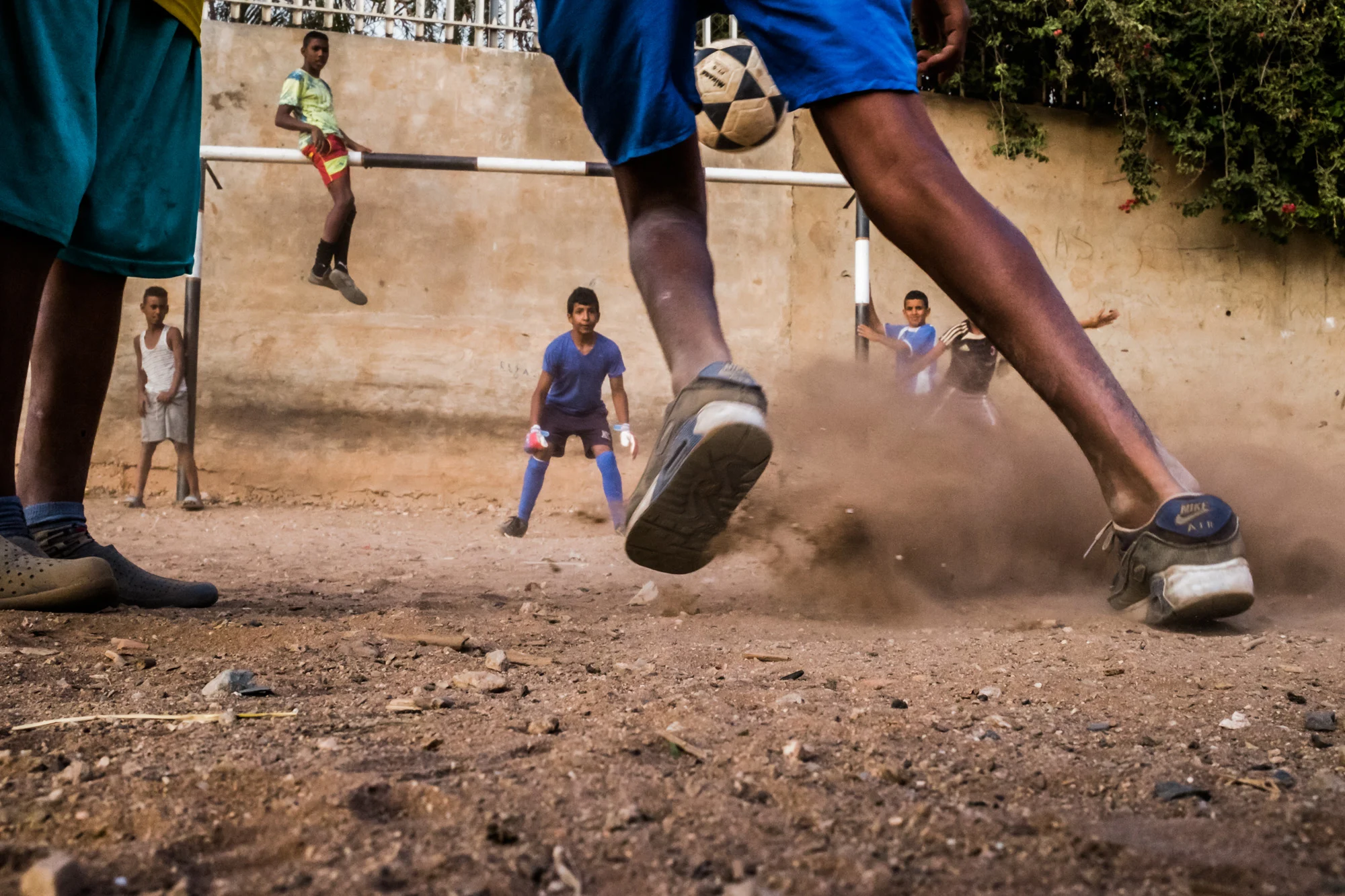
For Yoriyas himself, the series is more than just a way of showing the true Casablanca, or showing the changes it has undergone. He wanted to send a “love letter to this city”. This is the place that inspired him to become a dancer, and in turn, a photographer. It’s his mother’s hometown, and the centre of all of his own memories. “I remember being a kid and going to the roof of my family’s building and looking out onto the seaside and onto the horizon,” he says. “For me, Casablanca was the end of the world.”
